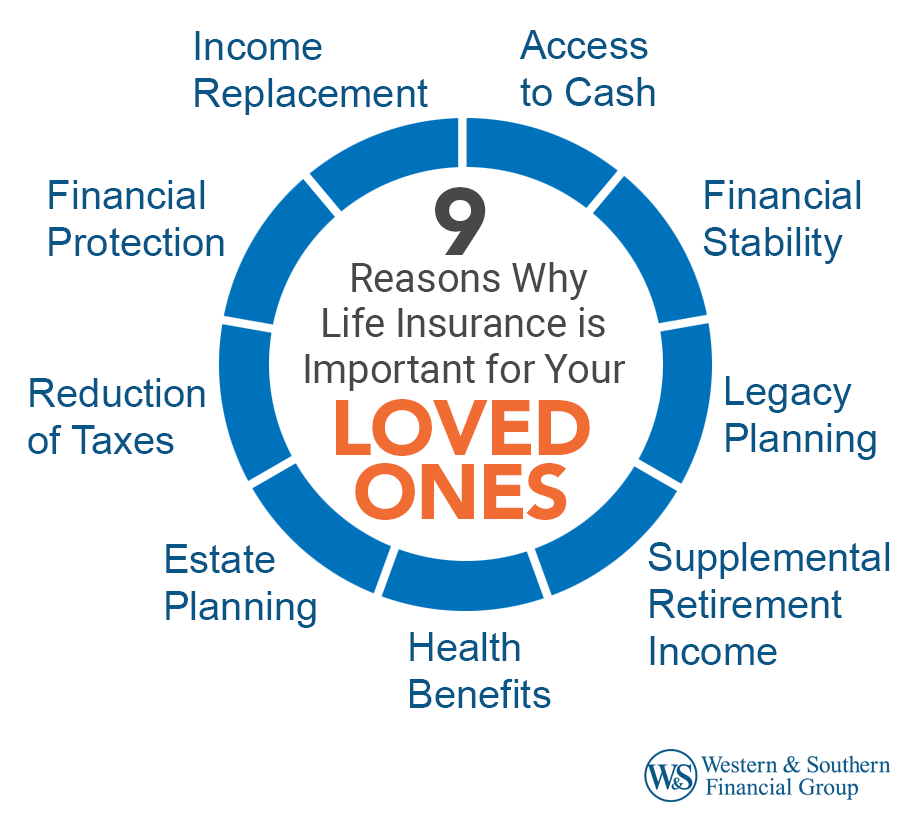The Only Guide for Pacific Prime
The Only Guide for Pacific Prime
Blog Article
The Only Guide to Pacific Prime
Table of ContentsSee This Report about Pacific PrimeMore About Pacific PrimeThe smart Trick of Pacific Prime That Nobody is Talking AboutThe Basic Principles Of Pacific Prime The Only Guide to Pacific Prime

This is because the data were accumulated for a period of strong financial performance. Of the estimated 42 million individuals who were uninsured, almost about 420,000 (concerning 1 percent) were under 65 years old, the age at which most Americans become qualified for Medicare; 32 million were adults in between ages 18 and 65, about 19 percent of all grownups in this age; and 10 million were youngsters under 18 years of age, concerning 13.9 percent of all kids (Mills, 2000).
These price quotes of the number of persons without insurance are created from the annual March Supplement to the Present Populace Survey (CPS), performed by the Census Bureau. Unless otherwise noted, nationwide price quotes of individuals without medical insurance and percentages of the populace with various kinds of coverage are based on the CPS, the most widely made use of resource of estimates of insurance coverage and uninsurance prices.
Indicators on Pacific Prime You Should Know

Still, the CPS is specifically valuable due to the fact that it generates yearly quotes relatively rapidly, reporting the previous year's insurance coverage approximates each September, and due to the fact that it is the basis for a constant collection of quotes for even more than two decades, permitting analysis of trends in coverage over time. For these reasons, along with the comprehensive use of the CPS in other researches of insurance coverage that are presented in this report, we count on CPS estimates, with restrictions kept in mind.

The quote of the number of uninsured individuals expands when a populace's insurance coverage status is tracked for a number of years. Over a three-year duration starting early in 1993, 72 million people, 29 percent of the U.S. https://www.huntingnet.com/forum/members/pacificpr1me.html. populace, lacked insurance coverage for at least one month. Within a single year (1994 ), 53 million individuals experienced a minimum of a month without protection (Bennefield, 1998a)
Six out of every 10 uninsured grownups are themselves utilized. Although working does improve the chance that a person and one's relative will certainly have insurance, it is not a warranty. Even participants of households with two full time breadwinner have virtually a one-in-ten possibility of being without insurance (9.1 percent uninsured rate) (Hoffman and read the article Pohl, 2000).
Pacific Prime Fundamentals Explained
New immigrants make up a substantial proportion of individuals without medical insurance. One evaluation has attributed a considerable section of the recent growth in the size of the united state without insurance population to immigrants who showed up in the nation in between 1994 and 1998 (Camarota and Edwards, 2000). Recent immigrants (those who concerned the USA within the previous 4 years) do have a high price of being uninsured (46 percent), however they and their kids make up simply 6 percent of those without insurance nationally (Holahan et al., 2001).
The connection between medical insurance and accessibility to care is well developed, as documented later in this chapter. The partnership in between wellness insurance policy and health and wellness results is neither direct nor simple, an extensive clinical and health solutions research study literature links health insurance policy protection to improved accessibility to care, better top quality, and enhanced personal and populace wellness condition.
Degrees of analysis for taking a look at the effects of uninsurance. It concentrates specifically on those without any kind of health insurance policy for any size of time.
Pacific Prime Things To Know Before You Get This
The troubles faced by the underinsured are in some respects similar to those faced by the uninsured, although they are typically less serious. group insurance plans. Uninsurance and underinsurance, however, involve distinctly different plan concerns, and the approaches for resolving them might vary. Throughout this research study and the five reports to follow, the main emphasis gets on individuals without any medical insurance and therefore no support in paying for health treatment past what is readily available with charity and safeguard organizations
Health and wellness insurance is a powerful variable influencing receipt of care due to the fact that both individuals and doctors respond to the out-of-pocket rate of solutions - https://stieuys-rhuiets-scriank.yolasite.com/. Medical insurance, nevertheless, is neither required neither adequate to get access to medical services. Nonetheless, the independent and straight result of medical insurance coverage on access to health solutions is well developed.
Others will certainly obtain the wellness care they need also without medical insurance, by paying for it expense or seeking it from carriers who offer treatment free or at very subsidized rates. For still others, wellness insurance alone does not make certain receipt of treatment as a result of various other nonfinancial barriers, such as an absence of health treatment service providers in their area, limited accessibility to transport, illiteracy, or linguistic and social differences.
A Biased View of Pacific Prime
Official research study regarding without insurance populaces in the USA dates to the late 1920s and early 1930s when the Committee on the Cost of Medical Treatment created a collection of records concerning financing physician office sees and hospital stays. This concern became salient as the numbers of medically indigent climbed during the Great Anxiety.
Report this page